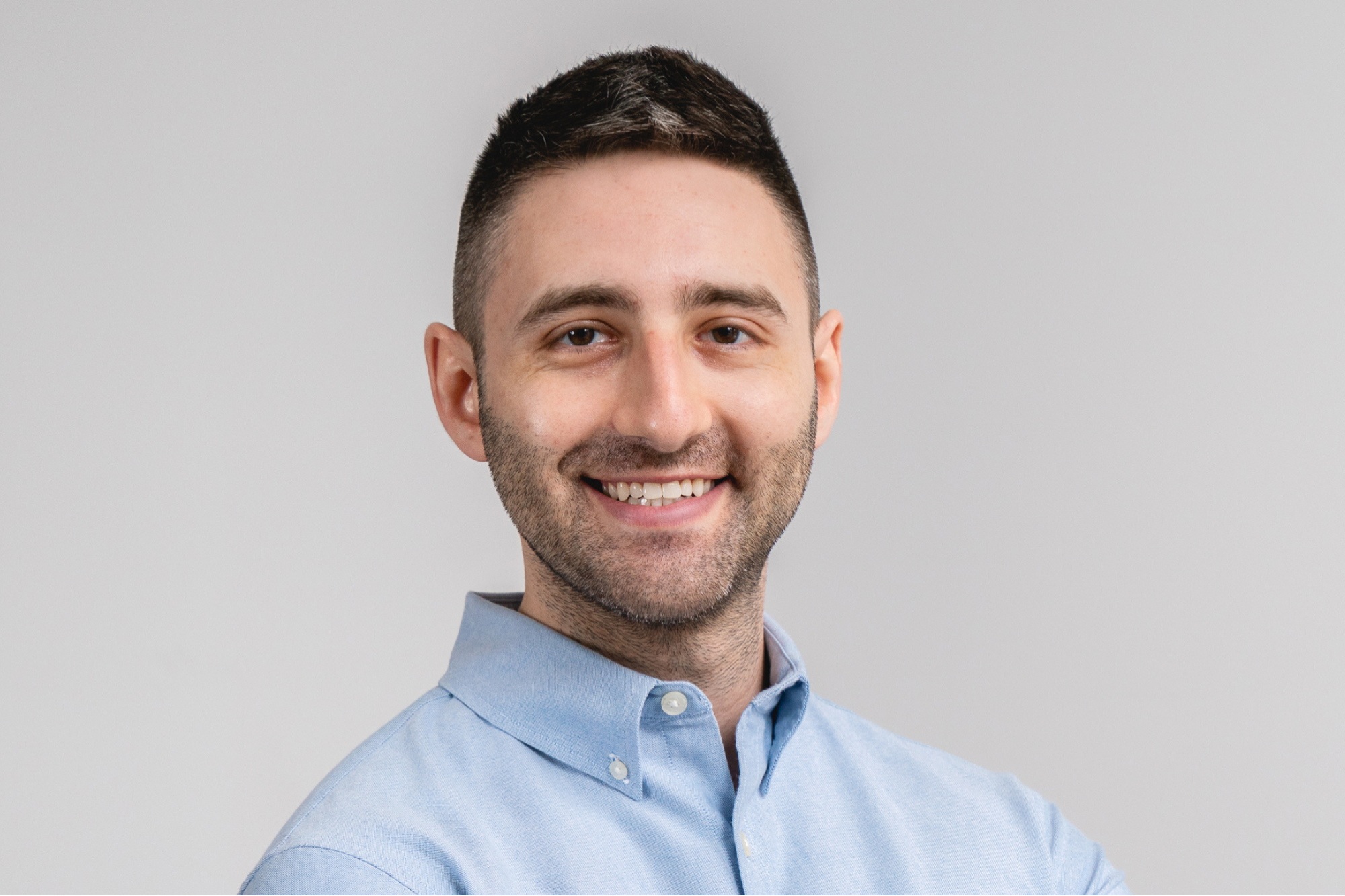There’s no exact blueprint for successfully launching a new product in a crowded space, but Entrepreneur+ members recently had the opportunity to attend an incredibly informative webinar with Jordan Nathan, founder of non-toxic cookware brand Caraway, who shared product development and marketing strategies that used to grow the company’s annual revenue by more than 500% in just four years.
During the interview, Nathan discussed the big and small picture thinking critical to cumin’s success. Watch the full webinar below to read some of the key takeaways, which have been edited for length and clarity.
Watch now
A story of entrepreneurial origins
“We launched cumin in 2019. I had experience in the kitchen industry and had launched a lot of products before that. I had a very scary experience when I accidentally overheated a Teflon pan during a product test and got Teflon poisoning from the fumes.” So I started researching what cookware is made of and was inspired to launch a brand that would bring non-toxic materials into the kitchen. We explored materials such as stainless steel and cast iron, but found that most consumers wanted something that was easier to cook with and to clean. That’s when we found a ceramic non-stick material that we wanted to bring to market.”
Related: This 27-Year-Old Side Hustle Now Makes Over $500,000 a Month
Advice for newbies
“My best advice is to talk to as many people in your industry as possible. I’ve talked to everyone from bigger legacy brands to materials experts to factories. In the early days it’s really hard to put into words what you want to build. And your concept is always evolving , as you go through that process, so gathering all the right data points and feedback and information will help guide you to the brand you want to create.”
Market differentiation
“The basis of our products is ease of use and design. We wanted to create something unique, memorable and timeless. Part of the process was to look at what was on the market and try to create something that didn’t exist. And so when we were searching the market , we noticed that there were not many colors in this category, most of the lids had dome or flat shapes, and many of the handles on the market were very uncomfortable and not ergonomic Plus, we found that one of the biggest problems for consumers was the storage of dishes in the cabinets afterwards. when they’re done with it, we’ve created a distinctive way to store cumin pans that keeps them organized and prevents damage that stacking can cause.”
Marketing
“We leaned heavily on influencers and ambassadors who were among the early adopters of the product. Interestingly, we didn’t really work with chefs or chefs. We leaned more on interior design experts or influencers known for promoting non-toxic products. They sent we pushed them early before launch so they could fall in love with it AND we built early relationships with a lot of press contacts to get involved in the design process and get their input on the colors and what they wanted their readers to see very helpful and one of our biggest growth tactics was that we created a pre-launch waiting list with a simple landing page on carawayhome.com when we had this list of millions and thousands of customers to be early adopters and that was a nice springboard for the brand.
Related: Started Business With $2,000 – Now It’s A Global Brand
Setting price points
“Pricing is an imperfect science. It’s a bit of a guesswork. From what I’ve seen in the market across categories, I think it’s really challenging to go to the midpoint of pricing. So when you’re building a brand, you really want to set that foundation by answering these questions : Do I want to provide value to customers in terms of the lowest price? Or do I want to provide value by charging more for high quality materials and design? For us, the $395 price point was perfect because it allows for high quality but is still affordable for customers. We are in the premium sphere, but we do not have the highest price in this category. You don’t want to make the mistake of charging too little and then having to raise your prices to fix your margins later.”
Get to the shops
“We started as a DTC brand. Now we sell with about 15 to 20 retail partners. Crate & Barrel was one of our first partners and our first store. They’ve been incredible and have done such a great job of representing our design. Some of the retailer relationships have been established, but most of them were very early, we’ve created a list of retailers that we’d like to grow into soon These are super smart shoppers who have seen trends over the decades because the process can help get you into the store into these stores when they see things starting to click for you.”
Related: These entrepreneurs have created a fleet of self-driving ‘shops on wheels’ that you can hail with the tap of a button.
The biggest challenges for startups
“There are probably too many to count, but I think one of the challenges of running a business early on is that there is endless opportunity, but you have very limited resources. So you have to stay very focused. It’s important to find one or two things.” that really work and before you expand, we had our basic set of dishes before we added more.
